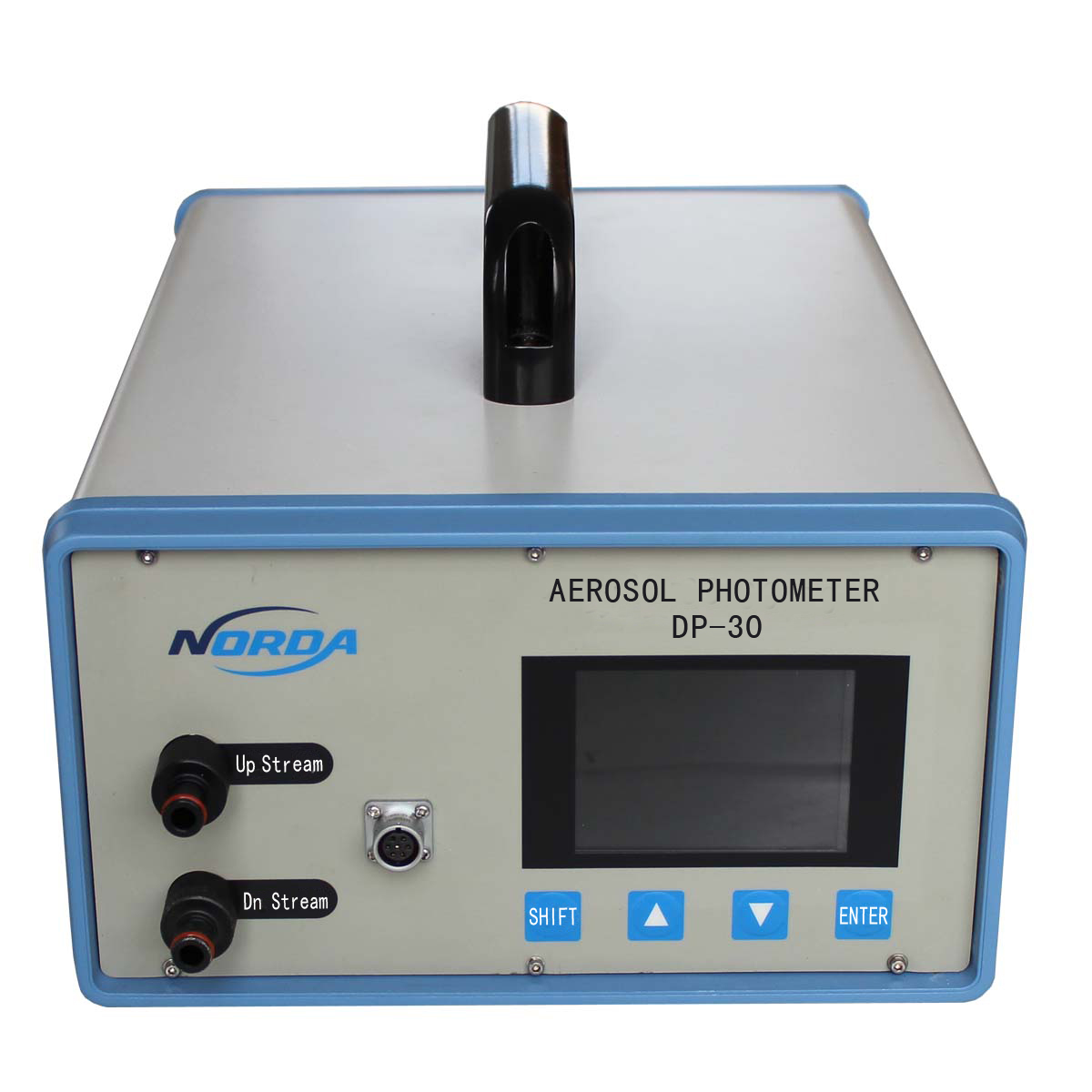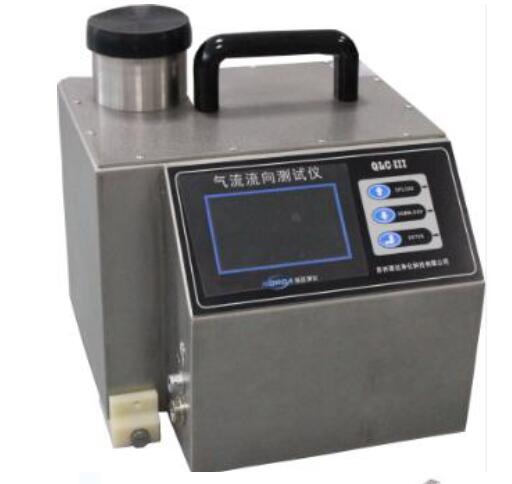International Certification of Cleanroom Training Courses
We spend large sums designing and building cleanrooms for specific purposes. Before the handover to the end user, and continually during its lifetime, it is necessary to test according to a clearly defined set of ISO parameters to ensure that the cleanroom is working correctly and to the agreed specification. For example, we need to at least test the amount and quality of air supplied, the air movement between and within the cleanroom, and the particle and microbiological counts. All of the testing parameters are laid down in a number of ISO and EU guidelines, supplemented by requirements from various other regulatory bodies such as the UK Department of Health, the FDA, the Irish Medicines Board, and many, many others.
It is self-evident that the theory of testing a cleanroom is well regulated; however, it is in the practice that has, in the past, left a lot to be desired. Around the turn of this century in Scotland, some horrific cleanroom validation incidents were revealed. Validation or installation engineers had, in some cases, destroyed the integrity of a cleanroom by inappropriate practices, such as puncturing a HEPA filter with a screwdriver and subsequently forgetting or omitting to record the incident. Further investigation of engineers’ skills and qualifications indicated that many received only cursory training and few had even a basic understanding of how a cleanroom worked. There was no standard of certification of skills within the U.K. or Europe.
A training initiative
In 2002 the Scottish Cleanroom Society set up an independent non-profit body, the Cleanroom Testing and Certification Board (CTCB). Principally directed by Bill Whyte, the CTCB brought together a team of industry experts to devise and initiate a training program, based upon ISO 14644, with both written and practical examinations at the end of the course. The first Cleanroom Testing and Validation course was run in Scotland in 2002.
The Irish Cleanroom Society (ICS), which had been closely involved from the early days and which represented a large and growing density of cleanroom users in Ireland, joined the initiative and ran their first course in November 2003. Even at this early stage, there was interest from mainland Europe and the first Irish course included observers from Scandinavia.
A practical program of certification
Two levels of certification are available. Professional certification is for a person whose profession is cleanroom testing and who routinely carries out all aspects of cleanroom testing; Associate certification is for people who are familiar with aspects of cleanroom testing and wish to gain a fuller knowledge of the subject.
Professional candidates are only accepted for examination if they have been routinely testing cleanrooms for a minimum of two years. It is expected that the candidates have good written and spoken English language, and preferably a tertiary qualification.
On registration, the candidate receives a set of self-study course notes, a Q&A handbook, and an example of a written examination paper. Prior to attending the course, the candidates are also sent information on how the practical examination is run and what is expected from them during the examination. The candidates must study the course notes, and then attend a one-day practical course, a half-day lecture course, and pass a written examination on cleanroom testing. The Professional candidates will additionally have to pass a two-hour practical examination to assess their practical skills in leak testing filters and measuring air velocities and volumes.
On passing both the written and practical examinations, candidates receive a certificate, and are entered onto the list of successful candidates that is held on the ICS and CTCB-I websites. This registration applies to the person who passes the examination, not their company. A professionally certified person will remain registered for five years, after which time they must be re-certified.
Harmonizing to a high standard
Around 2005, and following the success of the course in Scotland, Ireland, and Scandinavia, several cleanroom societies affiliated to the International Confederation of Contamination Control Societies (ICCCS) looked at the possibility of setting up an international education board to accredit cleanroom courses worldwide. Subsequently, at the ICCCS Council of Delegates meeting held in Beijing in September 2006, it was agreed to set up an International Cleanroom Education Board (ICEB) to promote the preparation and accreditation of internationally-recognized educational courses for people who design, test, operate, and work as operators in cleanrooms. It was agreed that member societies should develop courses of a high standard, and this should be achieved through an accreditation process. Each course would be accredited through a submission to the ICEB that would provide information about the course and demonstrate that it conforms to a set of accreditation guidelines. Currently, 13 of the 17 ICCCS members are ICEB members, consisting of cleanroom societies in Austria, Brazil, China, Egypt, France, Ireland, Italy, Japan, Korea, Nordic Countries, Romania, Russia, and The Netherlands. Several other countries, whilst not members (principally the USA and Germany), have observer status.
The goal of the ICEB is harmonizing and sharing cleanroom courses. The ICEB promotes the preparation and accreditation of internationally recognized educational courses for people who design and test and monitor, operate, and work as operators in cleanrooms.
The ICEB accredits cleanroom and contamination courses that treat subjects according to the relevant ISO standards. Courses are accredited within guidelines set by the ICEB. People attending courses are certified by examination and each successful candidate is awarded a certificate with the ICEB logo, and has their name placed on the website. A quality assurance system has been established to ensure a high standard of courses, and includes such requirements as:
• suitable course content
• relevant and up-to-date notes or textbooks
• expert lecturers
• the setting of clear and unambiguous examination questions
• suitable examination marking practices
• board to audit the course and examinations
• public traceability of a person’s certificate
The ICEB member society is responsible for ensuring the quality standard they described in the submission of an accredited course. At the moment there are five basic and 17 advanced courses accredited from Italy, France, China, Ireland, Korea, and The Netherlands.
Within Europe, the CTCB—renamed as CTCB-I to reflect its international dimension—maintains and administers courses in validation and cleanroom technology. In the early days of running the validation course, the success rate for professional validation engineers was around 65% of all candidates (i.e. three or four out of ten candidates failed the practical examination). In more recent years, the failure rate has dropped to less than 10% which we believe is due to a more professional attitude and practice amongst validation engineers.
In Ireland and the U.K., we regularly have candidates from all five continents and continually receive requests to consider running the course in other areas, principally North America, the Middle East, and South Africa. We know that a lot of validation engineers out there have no formal training or certification—on the plus side, however, end users are becoming much more aware of the CTCB-I and ICEB accreditation processes and this in turn is leading to more validation companies seeking certification for their engineers.
It’s still a work in progress but we’ll continue to watch the watchmen and watchwomen.
Peter Fernie is a Natural Sciences graduate of Oxford University and is the Managing Director of Fernie Technical Services, which supplies contamination control materials and training services to the Irish cleanroom industry. Since 1982, he has worked in many aspects of cleanroom related activities including sales distribution for a number of companies in the semiconductor and electronics industry in Ireland, and supplying materials, floor coverings, and production equipment. He is a founder member of Irish Cleanroom Society and has been Secretary since its inception. In 2003, he established CTCB courses in Ireland in collaboration with S2C2, and has coordinated them since then. He is currently Education & Training Convenor of the ICS and Secretary of CTCB-I.
This article appeared in the October 2013 issue of Controlled Environments.




網(wǎng)站自己上傳/AG1800.jpg)
網(wǎng)站自己上傳/AG60上傳.jpg)
網(wǎng)站自己上傳/pbs-100.jpg)
網(wǎng)站自己上傳/PBS-E.jpg)
網(wǎng)站自己上傳/IA.jpg)
網(wǎng)站自己上傳/QLC-I.jpg)




